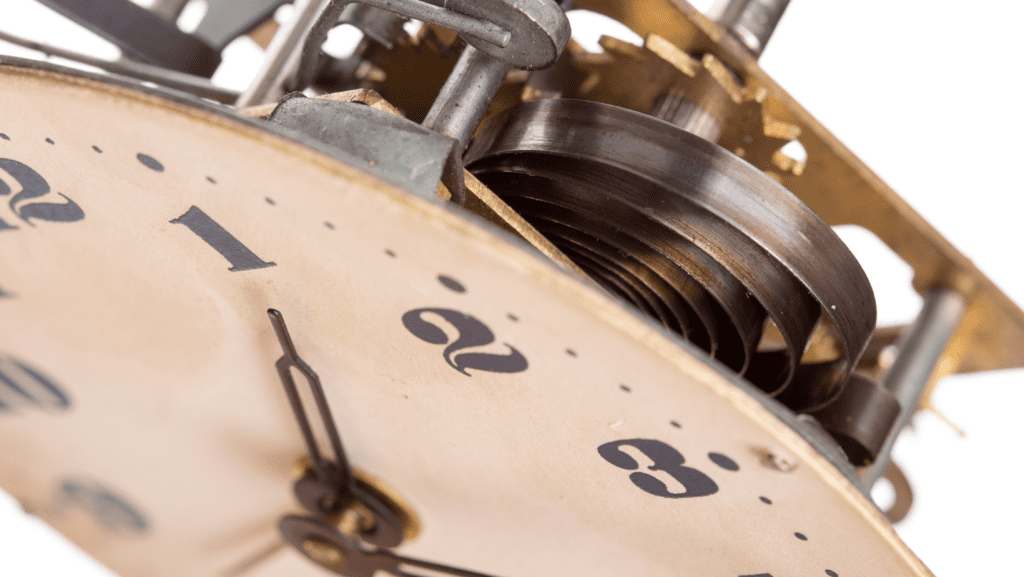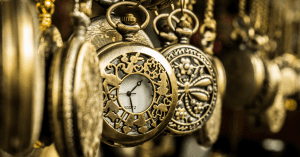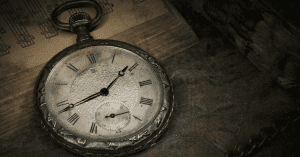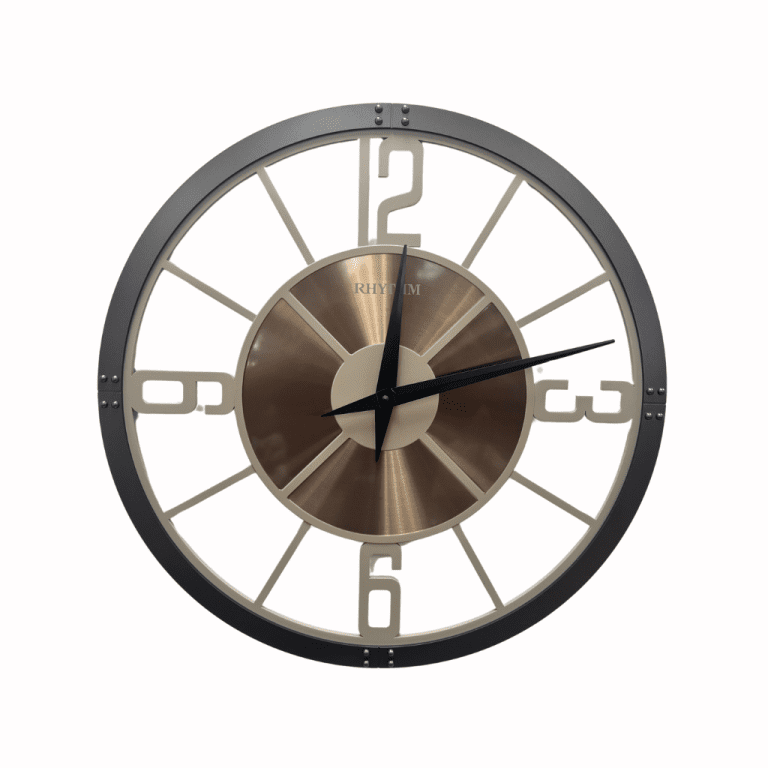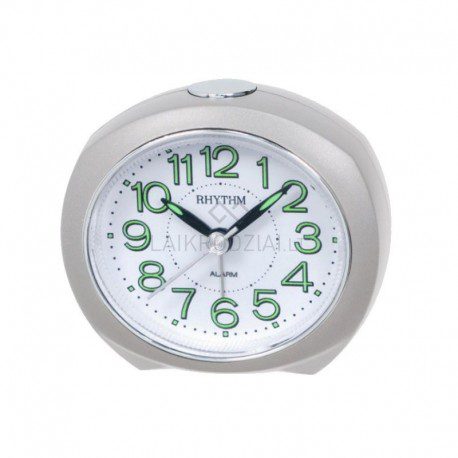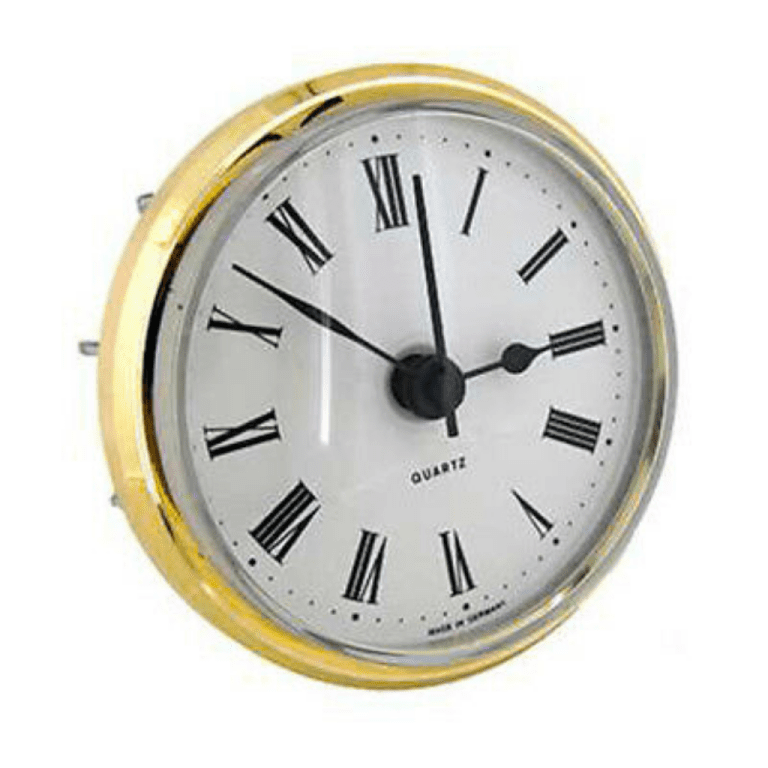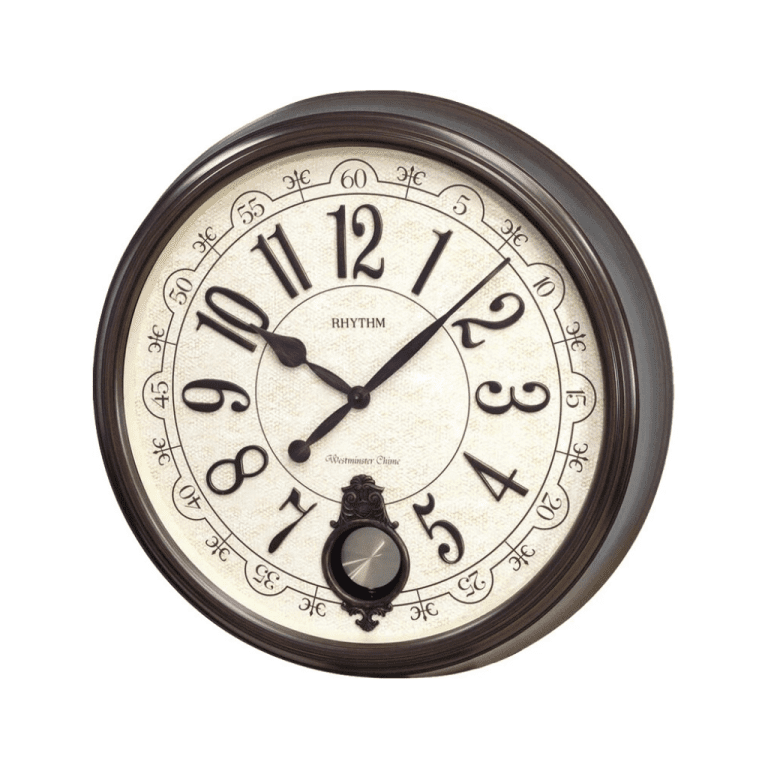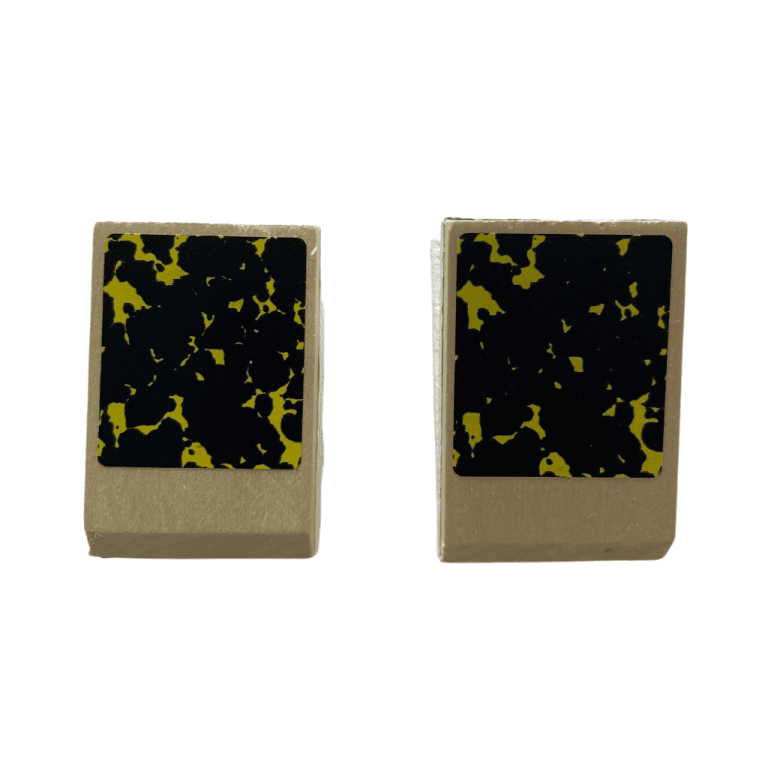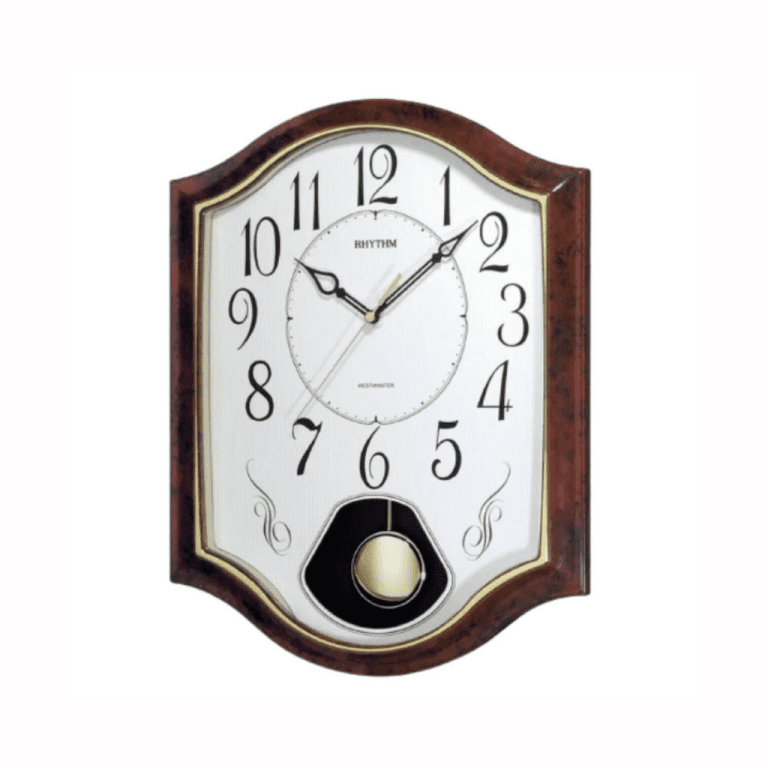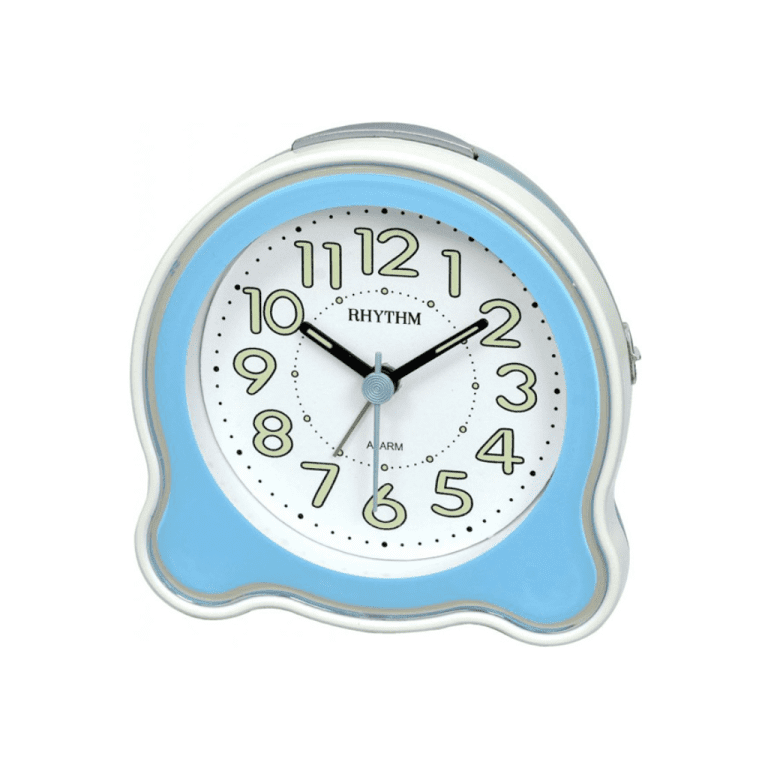If you are looking to purchase a clock mechanism in South Africa, there are a few things to consider before making your purchase. First, you will need to decide what type of clock mechanism you would like to buy. There are many different types of clock mechanisms available on the market, so it is important to choose one that will fit your specific needs. Once you have chosen the type of clock mechanism you would like to buy, you will need to find a reputable supplier. There are many different suppliers of clock mechanisms in South Africa, so it is important to do your research before making your purchase. Finally, you will need to decide on a price point that is comfortable for you. With a little bit of research, you should be able to find a clock mechanism in South Africa that meets your needs and budget.
Can I Replace The Mechanism On My Wall Clock?
There is no one-size-fits-all answer to this question, as the mechanism on a wall clock can vary greatly depending on the make and model of the clock. However, in general, it is possible to replace the mechanism on a wall clock, although it may be necessary to consult with a clockmaker or other expert to ensure that the new mechanism is compatible with the clock.
Replacing A Clock Movement
You don’t have to be an expert to replace a clock movement because it can be done by anyone with a few tools and a few years of experience. In the case of clock hands that aren’t interchangeable, you should buy new high torque hands at the same time to avoid complications. If you need to replace the mechanism on your wall clock, make sure to check out our website for a variety of replacement movements.
What Size Clock Mechanism You Need?
To determine the size of clock mechanism you need, first measure the thickness of your clock dial and add 1/8″. This is the minimum depth your clock case needs to be. Next, measure the diameter of your clock dial. This is the maximum width your clock movement can be. Choose a clock movement with these dimensions or smaller.
A post mounting hole (or mounting material) that fits the shaft of the clock movement through the clock dial must be large enough to support it. It is generally recommended that you order 4-6 basic sizes of movement, and your movement will generally fall into one of the sizes available between 9 and 31. A clock movement is available in a variety of sizes and shapes. There are generally 4-6 basic sizes of movement available in general, and your movement will generally be one of the sizes available between 9 and 31. This clock movement, which lasts between 10 and 15 years, can be faulty and needs to be replaced at times. The clock movement comes in a variety of sizes and shapes. The post mounting hole of your clock dial (or mounting material) must be large enough to fit the shaft of the clock movement through it.
The depth gauge on a digital caliper is the simplest and most accurate way to measure the shaft length on a clock movement. The clock movements are available in a variety of sizes. Before you place an order for a clock movement, you must first determine the dimensions of the movement. How do you assemble a clock mechanism? This is not a difficult task to complete. Simply drill a 3/8-inch hole in front of the clock case and slide the movement shaft through it.
What Is The Mechanism Of A Clock Called?
A mechanical clock is made up of two mechanisms: an escapement (the balance wheel on a watch or the pendulum on a grandfather’s clock) and an escapement. The gears can progress in a series of small equal jumps as a result of the escapement, which ticks in a steady rhythm.
Diodes for measuring and displaying time have been around for over 5500 years since the ancient Babylonian and Egyptian civilizations. To measure time, the clock must have a power source, an oscillating object that returns to its motion over and over, a controller device that captures those oscillating beats and produces a series of pulses (referred to as friction). Every clock requires continuous operation, and the source of power for it must be constant. Every modern clock is distinguished by an oscillator, which is a crucial component. A controller is a mechanism for controlling a movement frequency in an oscillator. With the advancement of modern technology in the second half of the twentieth century, a digital clock appeared.
A mechanical timepiece is made up of three components: the power source, the regulator, and the escapement. The regulator and escapement are usually powered by a clockwork mechanism, which generates energy to run them. The escapement’s rate of providing energy to the power source is regulated by the regulator, whereas the clock’s timekeeping function is controlled by the escapement. Mechanical watches are distinguished by their three main components, which are the three essential components.
What Are The Moving Parts Of A Clock Called?
The clock wheelwork, also known as the train, is a group of moving wheels (gears) that move from a weight or spring via the escapement, to the minute and hour hands.
Having a wall clock in the house is nice even in today’s digital age, when there are so many devices and watches available. Here are two illustrations that show how a wall clock works. The gears of a clock’s main wheel are located beneath the gears. A minute hand is a longer hand that indicates minutes in seconds. The hour hand’s hand is shorter than the hour hand’s hand. The thicker and more pronounced bars on the sides of a clock that separates the hours and minutes. A minute hand is the simplest gesture to make. The length of your hand indicates the amount of time you are holding the object, and the length of your hand indicates the time you are holding it. The face of a clock, also known as the dial, is made up of fixed-digit numbers and moving hands that display the hours and minutes.
Analog clocks are generally more accurate and traditional in nature than digital clocks. They are easier to use because they do not require a battery, but they may be inaccurate because they do not require a battery.
What Are The Four Parts Of A Clock?
The movement of the clock’s gears, springs, and other moving parts It also The case, which holds the movement and controls the clock, is referred to as the clock case. In the following sentence, I propose that (a) an appropriate sentence be constructed. It displays the time and date as well as a clock face. (i) The hands are symbolic of time.
Credited to: myggsa

